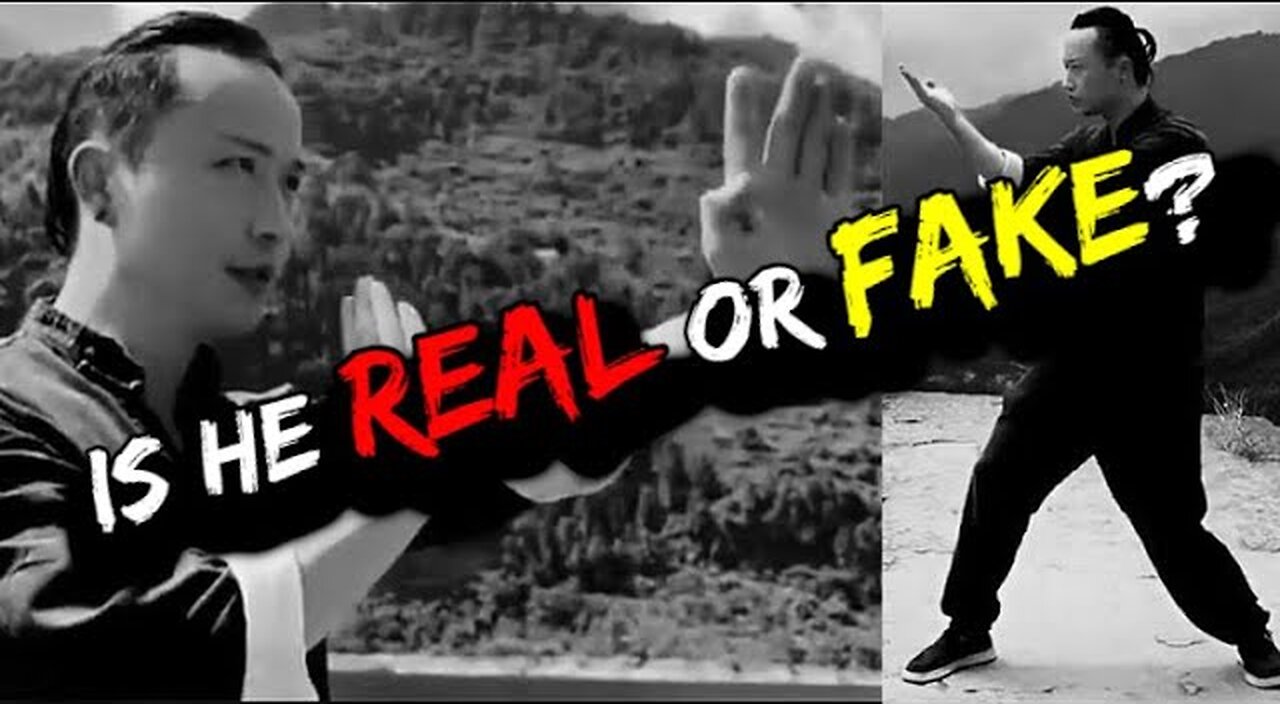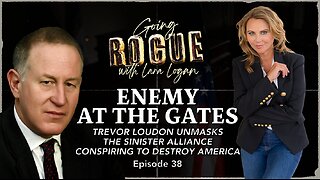Premium Only Content

Wing Chun vs. Flashy Moves: Why Master Tu Tengyao’s Elbow Power Wins in Real Fights
Flashy blocks, dramatic movement, and cinematic flairs grab eyes. But in the harsh light of real combat, many Wing Chun techniques—when watered down or taken out of context—fail to deliver knockout results. In his teachings and videos, Master Tu Tengyao shatters misconceptions, focusing on the core methods that survive in real self-defense. Here’s what makes his approach stand out—and what any Wing Chun student or curious spectator should know.
Cutting Through Myths: What Real Wing Chun Demands:
Strike & Recovery: Real-life fighting is messy, unpredictable, and tense. Calm, relaxed “sticky hands” drills have value, but without a sharp focus on recovery and follow-up, your power will fall short.
Elbow Mastery: Master Tu Tengyao’s technique emphasizes elbows as both a barrier and a weapon. Positioned correctly, elbows bridge the gap between defense and explosive offense, giving smaller fighters the edge to stop larger attackers—a foundational claim of classic Wing Chun lore.
Balance & Positioning: Unlike choreographed displays, true fighting balance means never overextending, always ready for the next hit—mirrored in the “beach ball” or “cobra pose”’s tight core and rooted stance.
Technique Breakdown: Drills That Convert Theory to Practice
The overlooked value in Wing Chun comes from purposeful drills like the “five-step drill,” which forces practitioners to recover from bad positions and keep attacking. It’s not about looking pretty—it’s about staying in the fight. By focusing on core engagement (hips, elbows, balanced center), Master Tu shows that every move should end with you ready for the next, not off-balance or vulnerable.
Elbows Over Hands: Like a sword and its wielder, Wing Chun’s power comes from the elbow’s structural integrity, not merely a fast jab or palm strike.
Practical Recovery: Missed strikes are common. The mark of skill is rapid recovery—returning to balance and striking again, not left reaching or stumbling.
Core Philosophy: “Be like water” isn’t just philosophy—flow and adaptation show in the way legs, hips, and elbows move as one, not in martial-arts mysticism.
What Sets Tu Tengyao Apart?
Unwavering Base: A true 50/50 stance enables both powerful attacks and defense against takedowns—avoiding the common pitfalls that leave fighters toppled by even brief grappling.
Entire-Body Integration: Every movement is rooted in the hips, shaped by the elbows, and completed with follow-through—maximizing power, minimizing wasted motion.
Functional Adaptation: Instead of rehearsed responses to specific attacks, Tu teaches adaptation to chaos, drawing from wrestling and boxing for modern relevance.
How to Train for Real Combat:
Practice drills that demand constant movement, balance, and follow-up.
Emphasize the elbow as your power center; train both short-range and transitional strikes.
Regularly test your recovery—reclaiming balance after missed moves.
Mix traditional wooden dummy sequences with functional pad work and resistance drills.
Never neglect footwork—rooted stances mean striking power and takedown defense.
⚠️ Support the channel! https://www.paypal.com/paypalme/IzzoWingChun
⚡️ Join our Facebook Group Page! https://www.facebook.com/profile.php?viewas=100000686899395&id=100063545256211
Wing Chun Kung Fu taught by Retired Police Officer and Tactics Expert, Dominick Izzo.
Dominick Izzo has been training Wrestling and Coaching since 1988 and training and teaching Wing Chun since 1996 and has been teaching. He was the first American Wing Chun instructor to be published and published in back to back issues in Wing Chun Illustrated.
He is world renown for his realistic, aggressive and combative approach to Wing Chun Kung Fu.
-
 LIVE
LIVE
MattMorseTV
1 hour ago🔴Trump's MAJOR ANNOUNCEMENT.🔴
6,711 watching -
 DVR
DVR
Sports Wars
2 hours agoMark Sanchez STABBED And Arrested, Bill Belichick DISASTER, MLB Playoffs, NFL Week 5
8.82K1 -
 LIVE
LIVE
ttvglamourx
1 hour ago $0.56 earnedSUSSY SUNDAY !DISCORD
414 watching -
 1:30:58
1:30:58
Lara Logan
2 days agoENEMY AT THE GATES: Trevor Loudon Unmasks the Sinister Alliance Working to Destroy America | Ep 38
13K35 -
 LIVE
LIVE
TheItalianCEO
2 hours agoBest VIDEO GAMES on a Sunday
62 watching -
 17:14
17:14
Mrgunsngear
19 hours ago $7.48 earnedDerya DY9 Review - The Best Budget Glock Clone?
10.7K12 -
 8:46
8:46
It’s the Final Round
1 day ago $0.12 earned💰NFL Week 5 Best Bets🔥Player Prop Picks, Parlays, Predictions FREE Today October 5th
3.35K -
 LIVE
LIVE
Amish Zaku
2 hours agoMaking Music & Thumbnails - Hanging out with Chat
67 watching -
 LIVE
LIVE
Barneyjack
3 hours agoWarframe LR5/MR35 Gaming, Mayhem & Fashion!! Get in here :) :)
49 watching -
 30:00
30:00
BEK TV
4 days agoGUT HEALTH AND THE POWER OF KIMCHI WITH KIM BRIGHT ON TRENT ON THE LOOS
74.6K6
